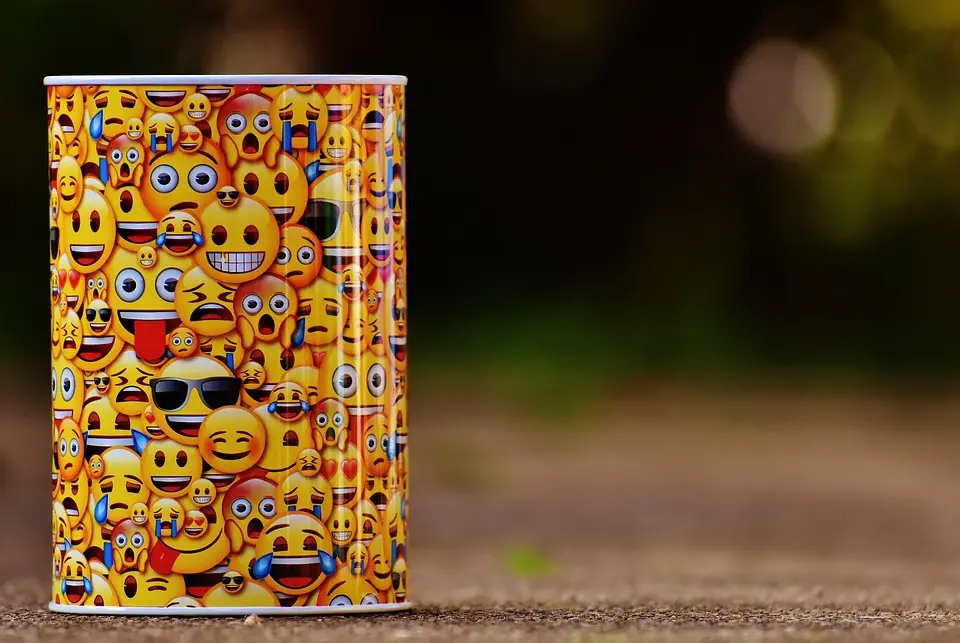If you are active with social media and text messaging, you are undoubtedly familiar with emojis. From Facebook to Twitter and in text messaging forums such as iMessage, Messenger, and What’s App, emojis litter the electronic communication landscape. At times, people communicate with emojis only, conveying their messages without the use of any text at all.

(Pixabay / Alexas_Fotos)
Emojis are graphic symbols representing a concept or idea, independent of any language or specific words. These ideograms are widely used on web pages and in electronic messages. Before we had emojis, we had text-based emoticons. Both emojis and emoticons are used in expressing a person’s mood or feelings.
Emojis and Emoticons
Emojis are distinct from emoticons. Emojis are real symbols or images. Emoticons, on the other hand, are merely faces and expressions created using the basic characters on your keyboard. The variations of the yellow smiley face that you find on your smartphone are emojis. Expressions using combinations of keystrokes from your keyboard are emoticons. An emoticon smile, for examples, looks like this: :-) Emoticons pre-date emojis and may be considered to be their less tech-savvy cousins.
History
Emojis first came into use at the hands of Japanese mobile operators. Each emoji company has its own variants based on proprietary standards. Shigetaka Kurita, a team member working on the i-mode mobile Internet platform for NTT DoCoMo, created the first emoji in 1998. Kurita got his inspiration to make emojis from weather forecast symbols, street signs, Chinese characters, and the stock symbols from manga (comics created in Japan).
The first set of emoji pixels was created as a feature of i-mode’s messaging. Their purpose was to make electronic communication easier and also to distinguish i-mode from other services. Kurita initially made 180 emojis, which he based on people’s facial expressions.
After the year 2010, emoji character sets were incorporated into Unicode, the standard system for indexing characters. This allowed emojis to be used outside of Japan. Emojis are now standard across many operating systems, including iOS and Android.
Today, people from all countries of all ages are using emojis in their day-to-day electronic communications. Who knew that sometimes pictures could say what words cannot.